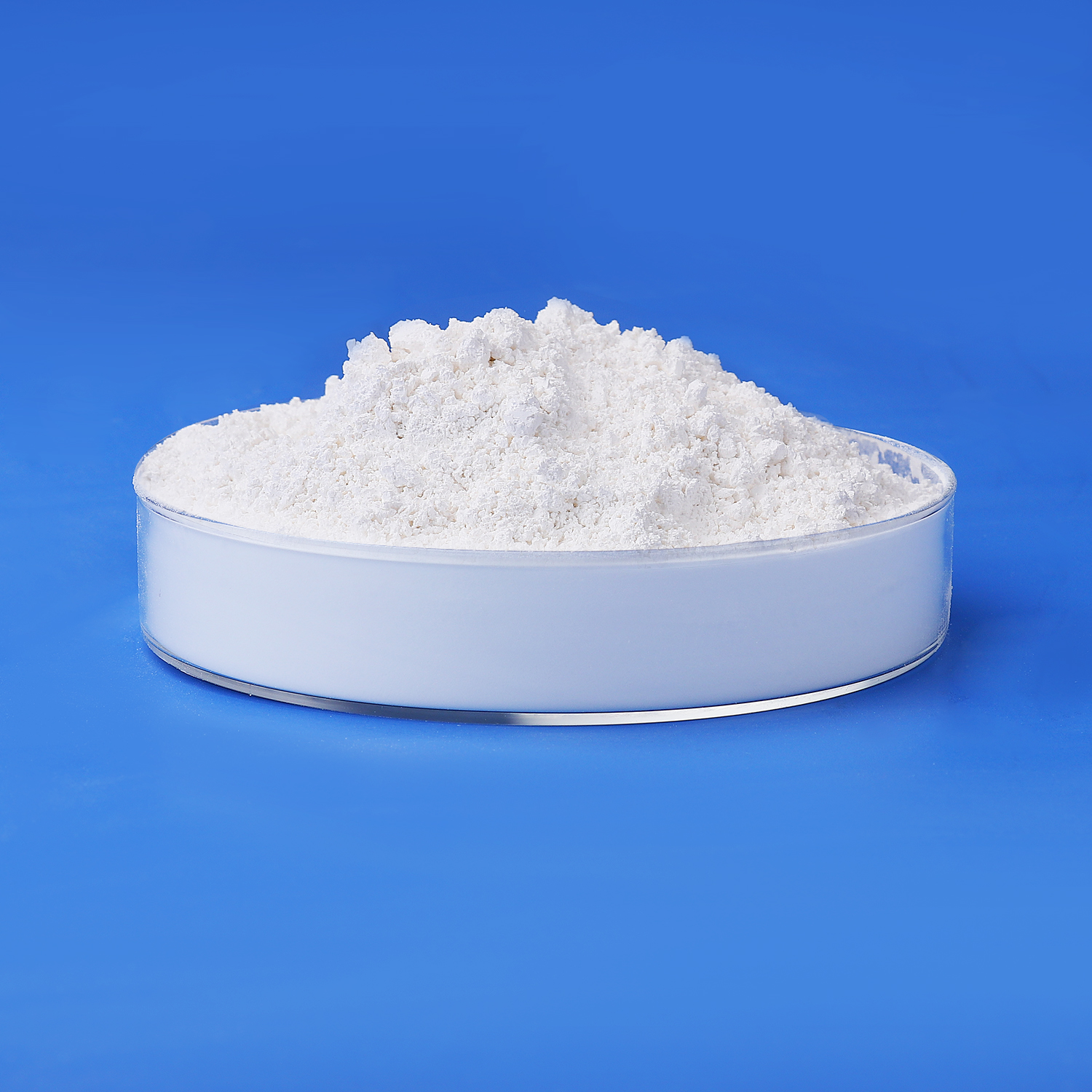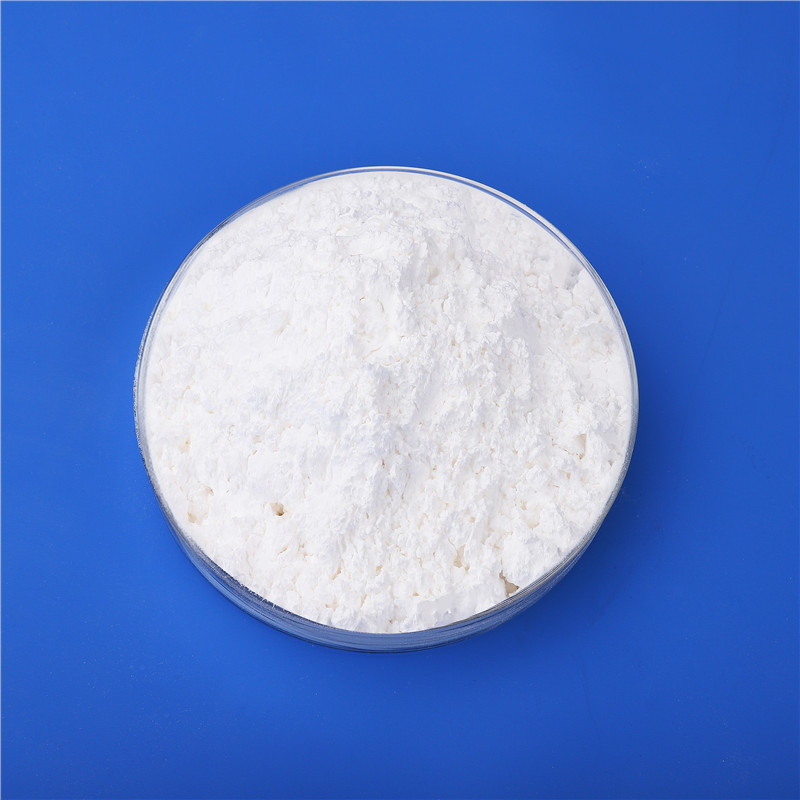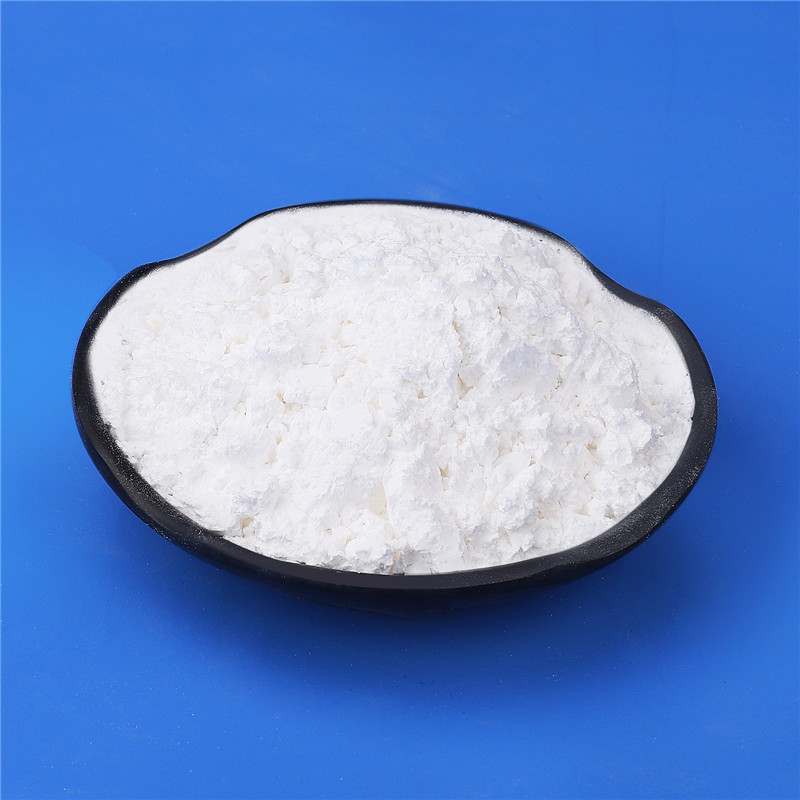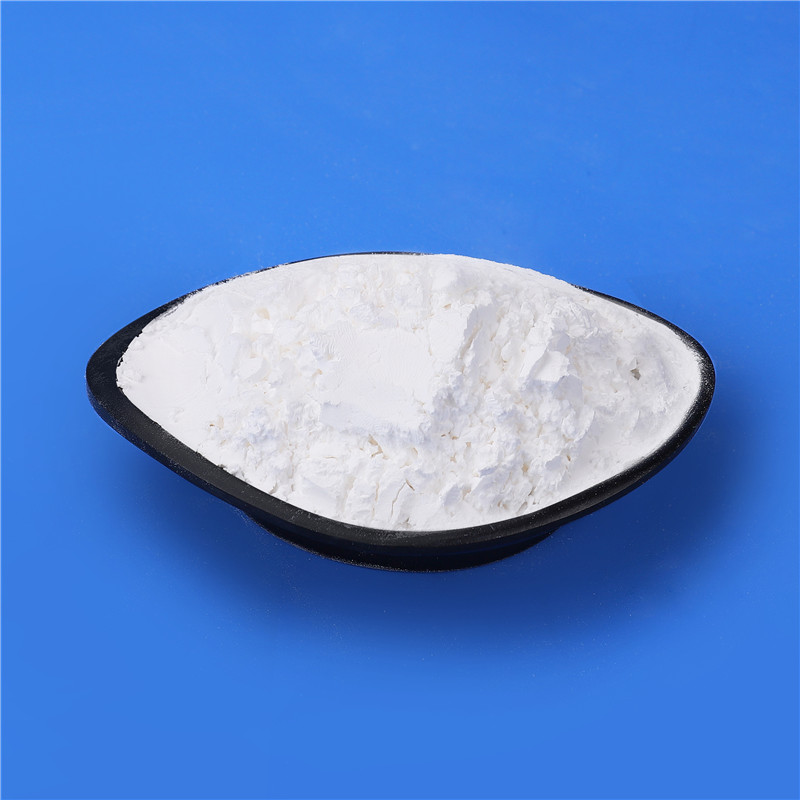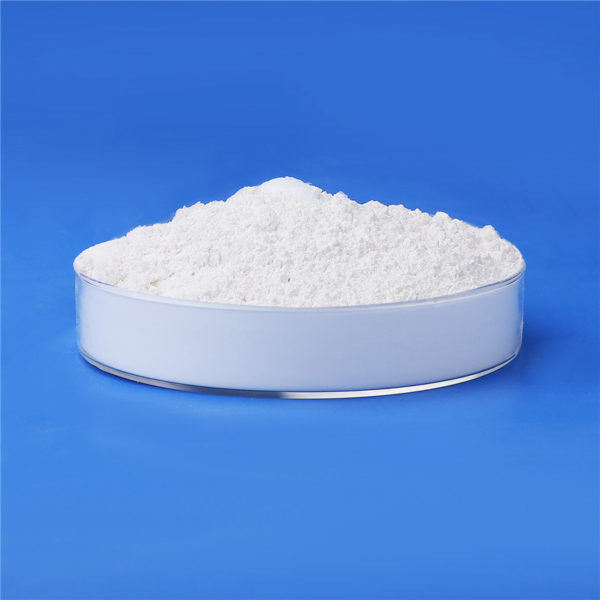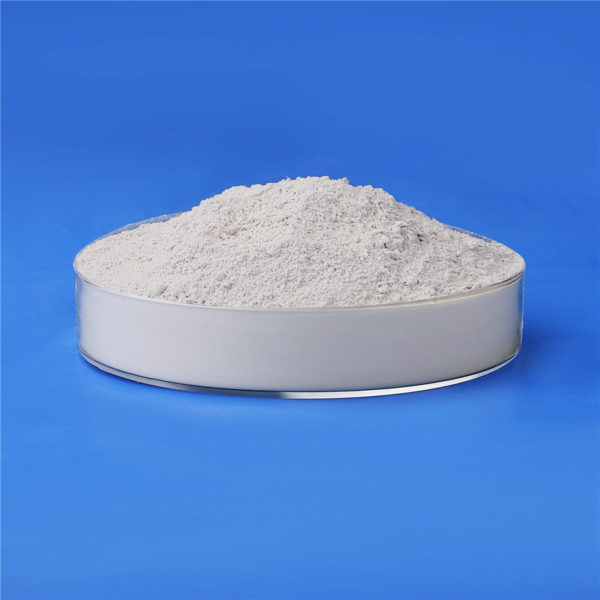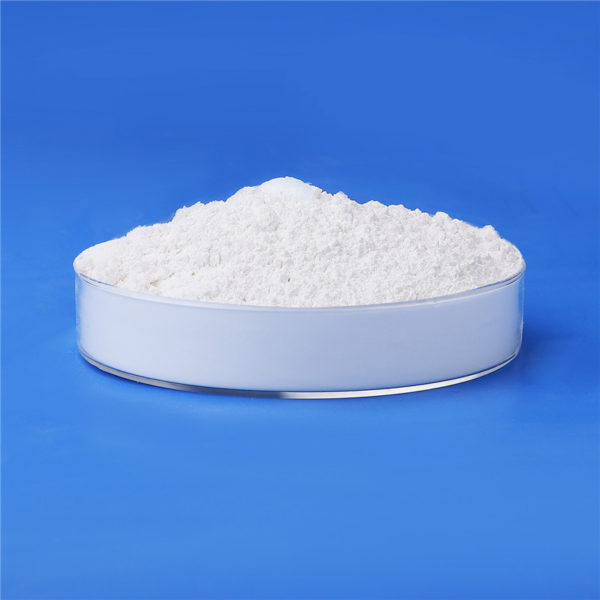PRODUCTS
Zeolite A for detergent
The most important property of zeolite is its adsorption characteristics and it can act as molecular-sieve i.e. it can separate particles based upon difference in the molecular sizes of the materials to be separated. It can also selectively adsorb or reject molecules based on differences in shape and other properties such as polarity. These characteristics of zeolite have resulted in its principal use as water softening agent in detergent industry and other sectors.
The most important property of zeolite is its adsorption characteristics and it can act as molecular-sieve i.e. it can separate particles based upon difference in the molecular sizes of the materials to be separated. It can also selectively adsorb or reject molecules based on differences in shape and other properties such as polarity. These characteristics of zeolite have resulted in its principal use as water softening agent in detergent industry and other sectors.
In the commercial production of detergents the principal raw materials are “active material” and “phosphate builders”. The sodium tripoly phosphate (STPP) is mostly used as phosphate builder in detergent industry. However, in recent years there has been an upsurge of interest in the builder Zeolite-A for the detergent industry. The most important resin is the increased awareness and concern about the polluting effect on the environment by the phosphate builders used in most of the detergents all over the world. Legislative measures were also enacted in many countries to stop or curtail the use of phosphate builders detergents. This has led to the development and use of Zeolite-A as phosphate substitute.
Specification
| Characteristics | Limit |
| Calcium binding capacity ( mg CaO/gm of dry Zeolite) | 150 (Min) |
| Particle size analysisa) % finer than 4.5 m .m:b) Avg. Particle size d5(Sedigraph) | 85 + 10Not more than 4 m m |
| pH ( 5 % slurry) | 11 +.0.5 |
| Bulk density, gms/ cc | 0.45 + 0.1 |
| Whiteness index | 92 %, Min |

